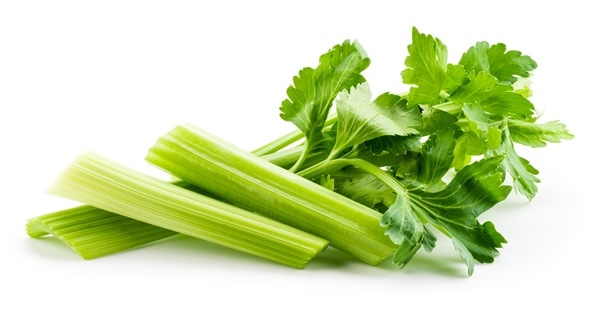A food allergy is a result of your immune system getting confused by the structural similarity between proteins found in pollen or the harmless proteins found in certain foods.

Image Copyright: Tim UR / Shutterstock
Perceiving the latter as a threat, it releases immunoglobulin E (IgE), which activates an allergic reaction. This involves the release of chemicals such as histamine, which is responsible for skin reddening and swelling, itching, and rhinitis.
This reaction may be localized, producing a limited allergy, such as in your skin, mouth, or throat. It can also be a generalized reaction that releasing enormous amounts of histamine and many other chemicals into the blood, which causes systemic collapse and a wide variety of other symptoms.
In pollen-sensitized individuals, celery root is a common cause of food allergy. Celery is a part of the Umbelliferae family, which includes carrot, coriander, dill, and parsley. Also called Apiumgraveolans, it is grown all over the world.
Symptoms of Celery Allergy
Celery can cause photosensitivity in allergic individuals, resulting in blistered skin after just a little sun exposure. This reaction is seen chiefly in pickers, canners, and those who work in food stores.
When celery is affected by pink rot, the fungus tends to increase the photosensitizing capacity of the plant. Some people have even developed severe sunburn after ingesting celery in the form of soup.
In sensitive people, celery also causes allergic rashes, leading to allergic contact dermatitis, urticaria, angioedema, asthma, and anaphylaxis.
While celery stem is the most common culprit, celery oil and celery root have also been reported to cause anaphylactic reactions.
Allergic reactions to other vegetables, as well as to mugwort and birch pollen, were also observed to co-exist. The allergens are formed in the tuber root, and are only partially destroyed by heating.
Raw celery consumption has been found to be associated with a higher prevalence of allergy to the vegetable. It is also related to pollen allergy. Symptoms may range from mild mouth allergies to systemic reactions.
Since celery antigens resist heat and processing, individuals with such sensitivity must avoid all forms of celery, as in soups, broths, or salad dressings containing celery. Thus it is important to label all celery-containing products for the benefit of people with celery allergy.
Diagnosis and Treatment
The diagnosis of celery allergy is based on allergic symptoms following celery consumption. It can be confirmed by skin prick tests (SPTs) using crude celery, celery extracts, and various pollen extracts. The specific IgE for celery sensitivity is determined by the CAP method.
Treatment involves avoiding celery intake in any form, and intake of antihistamines, topical steroids, eye drops or asthma medications, depending on the specific symptoms and signs.
Oral corticosteroids may be required for a short time to reverse allergic reactions. Desensitization is another option that can be employed depending on the type of allergy and the severity of reaction.
Epinephrine self-administration is the first-line treatment for individuals with a history of anaphylaxis as a result of a tested food allergy. Such patients require immediate hospitalization even after the use of epinephrine.
References
Further Reading